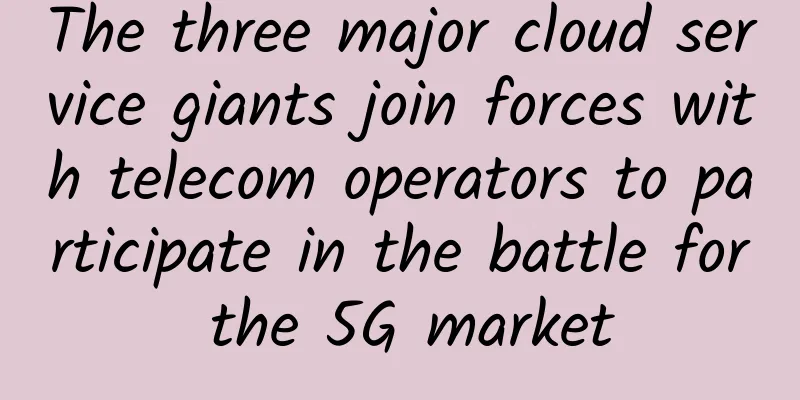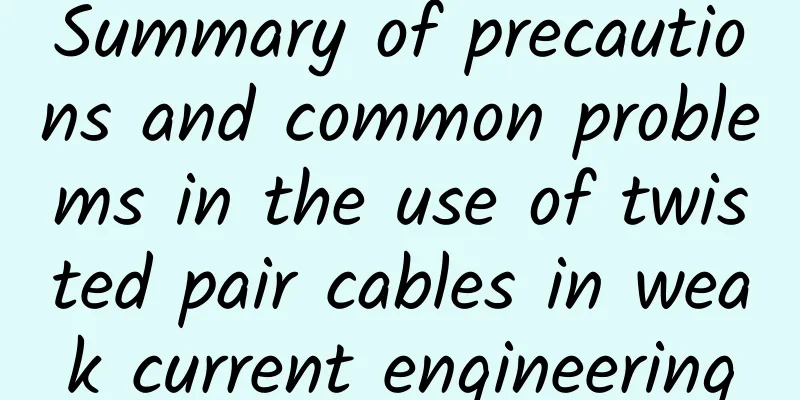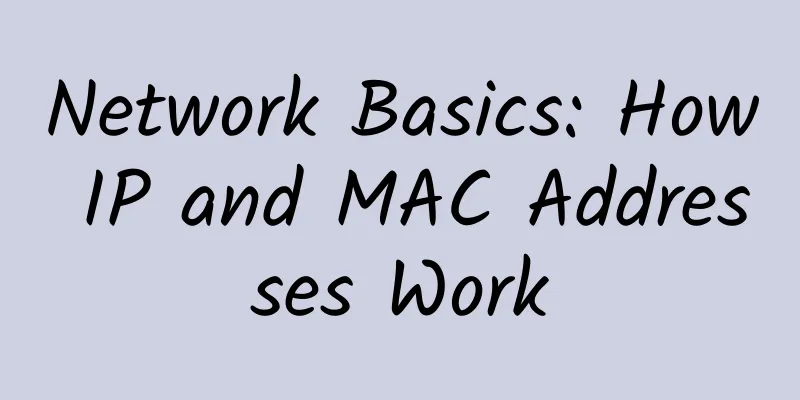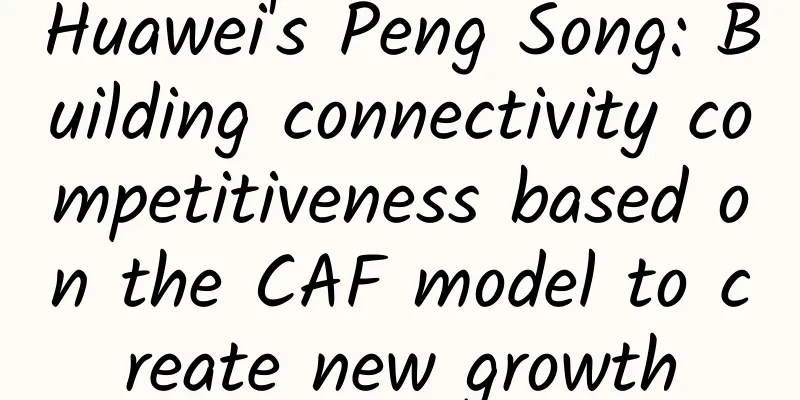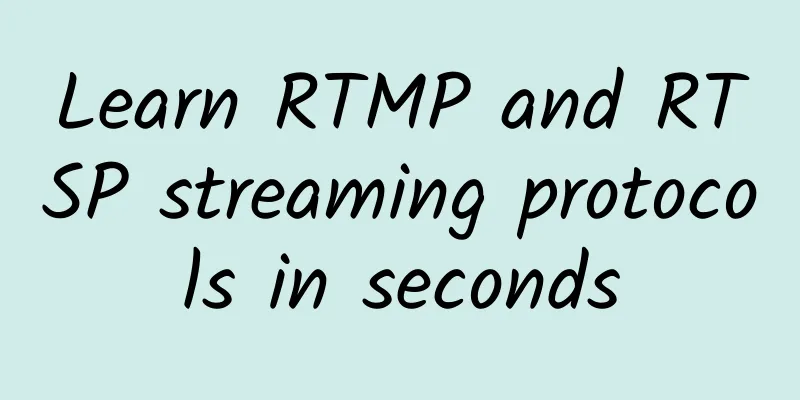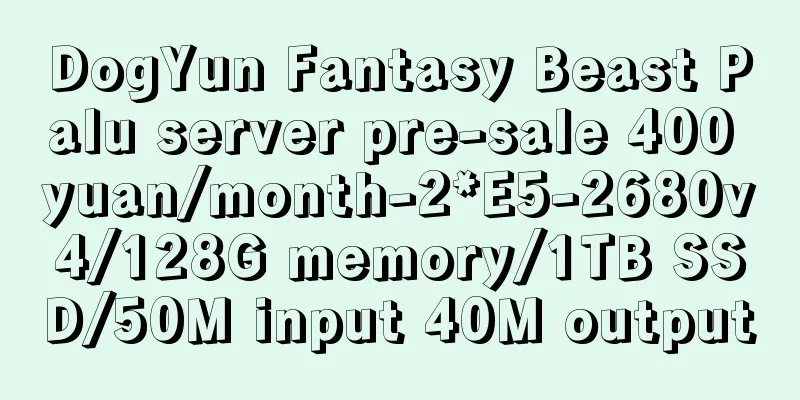The first interpretation in China: the potential game-changer behind IIoT
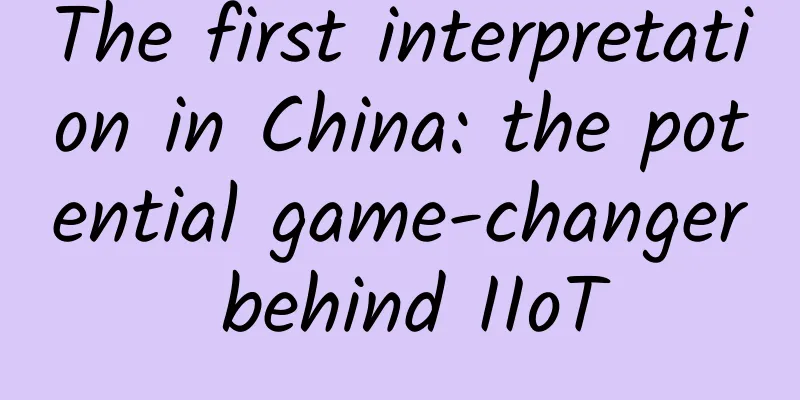
|
If the Industrial Internet is to be implemented, the current urgent task is to overcome the many divisions and barriers. For example, in the communications field, in order to solve the problem that standard Ethernet is uncertain and cannot be used in industrial sites, each company has developed its own exclusive fieldbus or industrial Ethernet communication protocol, but they are incompatible with each other, resulting in obvious market segmentation. The rapid development of technical systems such as TSN and OPC-UA has achieved the decoupling of communication standards and technology service providers, and expanded the application scope of universal components.
In fact, in the industrial world, there are even more hidden problems that are even more troublesome. Typical industrial controllers, such as PLC (programmable logic controller) and DCS (distributed control system), have heterogeneous operating systems and I/O input and output devices, and it is difficult to integrate the proprietary architectures of various suppliers. Therefore, most industrial enterprises "live" in a heterogeneous environment created by different suppliers using specific software and hardware, which requires additional resources and financial resources to manage various different devices. Is it possible for industrial controllers and other equipment to also be labeled "open"? Is it possible to move towards open interfaces, hardware standardization, software universalization, and network intelligence? Faced with such a difficult but attractive direction, innovative forces are quietly exploring and advancing. UAP (Unified Automation Platform) is one of the forward-looking attempts. This article will be the first in China to unveil the mystery of UAP for you. What problem does UAP solve? Mastering industrial control requires a variety of skills, because in large industrial control systems, there are often hundreds or even thousands of heterogeneous hardware module units, which come from different automation manufacturers. Siemens, Schneider, Mitsubishi, Omron...they use a wide variety of operating systems, such as various tailored real-time operating systems, VxWorks, Lynx, QNX, RT-Linux...and Windows Embedded. The programming software of each company is also different. For example, Siemens uses TIA Portal, Schneider uses Unity, TwidoSuite, Rockwell uses Studio 5000, Mitsubishi uses GX Developer, and Omron uses Sysmac Studio. These controllers are the "brains" of the factory production line and can be said to be the foundation of automation stability and the core of intelligence. If "Opening Soon" is placed in the place where the controller that always displays "We're Closed" appears, there will always be a sense of disobedience.
Artificially created separatist forces have prevented industrial controllers from breaking through the traditional closed architecture for a long time and touching upon the benefits brought by open integration and agile development. Therefore, the benefits of promoting the UAP unified automation platform are obvious:
Imagine that the control layer in the industrial automation pyramid architecture, where PLC and DCS appear, will become more and more open. This change is undoubtedly subversive, and it is not good news for traditional automation manufacturers. Therefore, small and medium-sized players are simply unable to shake this solidified market. UAP is worth paying attention to because the driving force behind it is the mainstream manufacturer, Schneider. According to Contemporary Control, in 1968, Dick Morley and his team successfully developed and launched the first PLC, Modicon 084, as one of the pioneers of PLCs in the same period, creating one of the most important inventions in the history of industrial automation. Later, Schneider acquired the Modicon brand and jointly created many classic PLC products. Today, Schneider is quietly promoting the bold idea of UAP. Related research and development is still in a silent period. It is reported that it will be gradually introduced to the market around 2020. According to the development history of the domestic industrial automation market, the 1980s and 1990s were the introduction period of PLC and other products, and PLC entered a period of rapid growth around 2000. According to the general 10-15 year life cycle of PLC, the next 3-5 years will usher in a peak in the replacement of PLC and DCS, and will also be an important window period for the development of new technologies such as UAP, which will have a profound impact on the industry structure. According to public information, Schneider's secret plan is still in the exploratory stage. The company chose to start with the process industry and implement it through the open process automation architecture OPA (Open Process Automation). After a few years, it will gradually expand to the discrete industry and evolve into UAP throughout the entire automation field. How is OPA progressing? If you understand OPA, you will understand UAP. Why choose to start from the process industry? Here, we borrow the view of Professor Peng Yu from Shanghai Industrial Automation Instrumentation Research Institute. The tricks of "discrete" have been seen by "process" a long time ago. He once mentioned a saying in the American industrial circle: in the process of realizing Industry 4.0, the process industry is already flying, while the discrete manufacturing industry is still checking in. Take OPC UA technology as an example. It was first used in the process industry and was introduced into the discrete manufacturing industry only after achieving remarkable results. Therefore, starting from the process industry is a feasible and reliable approach. Schneider and EssenMobil, as core members of the open process automation community OPAF, are committed to promoting the OPA architecture, standardizing the basic input and output of field equipment, and supervising the execution of control function blocks. The success of OPA requires the mobilization of the broadest forces. Currently, the OPAF community has more than 110 members, including end users, software and hardware suppliers, system integrators, etc. Why is Mobil also one of the important forces in open automation? Because oil and gas projects are generally very large, factories have a long history, the control system iteration cycles of different "dynasties" are uneven, old and new systems coexist, and facing hundreds of heterogeneous control devices, the process industry is more troubled than anyone else. At the same time, because of the large usage and strong voice, the benefits achieved are conducive to locking in the company. OPAF is currently working to redefine DCS and PLC using cutting-edge cloud computing technology, including advanced control and MES that are closely related to optimized operations. Since its launch in 2016, the open process automation OPA architecture has now moved from the conceptual stage to the implementation stage of the technical prototype project. The functions in the project are mainly implemented by DCS and PLC controllers. These controllers of different sizes can each support about 100-1,000 function blocks. Mobil believes that the automation system should strive for "extreme simplicity" and use more and more compact distributed controllers. These miniaturized hardware devices can each control 1-2 closed loops, thereby creating micro services for process automation. OPA system architecture diagram The goal of this prototype project is to verify the feasibility and advancement of decoupling software and hardware and separating application development and execution based on the standard OPA architecture. It proves the feasibility of multi-vendor devices to achieve interoperability without the help of gateways or converters. It supports the feasibility of freely replacing components between manufacturers without modifying the underlying logic, the portability of configurations and applications, and the flexibility of application development. Manufacturers participating in the OPA verification project include: R. STAHL, Schneider, Intel, NXT (acquired by Schneider), ABB, AspenTech, ANSYS and Wind River. Of particular note is NXT, which was acquired by Schneider in 2017. The company is an automation solution provider based on the IEC 61499 standard. Although the IEC 61499 standard is not widely known, it corresponds to the distributed automation system in almost all applications today, realizing the separation of hardware and software. NXT integrates all related automation tasks into a unified solution, which can be said to have created the most efficient and cost-effective distributed automation architecture engineering tool. The new NXT software has now been integrated into Schneider's next-generation IoT architecture EcoStruxure as part of the edge control layer. It is reported that Schneider is considering whether to open source the NXT software for wider application. Software is eating the world, and ARC Advisory Group, an industrial research organization, is quite optimistic about the prospects of OPA. ARC analysts believe that openness is an inevitable trend, and OPA integrates various open forces in the field of industrial control. This integration represents the transformation of new technologies from independent exploration to commercial integration and implementation. Harry Frobes, senior consultant at ARC, commented: "Since PLC and DCS entered the automation field in the 1970s, the automation hardware and software structure of the control layer has never changed, and has always evolved around bundled automation hardware and software. This is very similar to the minicomputer market in the 1970s: at that time, almost every minicomputer supplier entered and occupied the market with hardware and software bundled applications and software tools, as well as their own channel partners and software suppliers. OPA has become a threat to this highly vertically integrated business model, and it is very likely to bring it to the end of its mission." How difficult is it? The trend is unchangeable, but the field is changing. Similar to the evolution pattern in the industrial OT field, the "base station" in the CT field is at a turning point from closed to open. If we extract the "convention items" of the two and analyze the gains and losses, it will be of great reference value. In June 2018, five world-renowned operators jointly signed a document to establish the O-RAN Alliance, which was later expanded to 12. Its goal is to promote Open RAN, which means the open interface, hardware standardization, software open source and network intelligence of wireless access network equipment. This approach allows the CT field to take advantage of the scale effect of general-purpose components, reduce the overall cost of base station hardware, and stimulate software and hardware innovation. A single stone stirs up a thousand waves, and innovative products around O-RAN continue to emerge. With the continuous advancement of Open RAN, at the end of February 2019, ZTE announced that it had signed a memorandum of cooperation on O-RAN open intelligent wireless network research with China Mobile Research Institute. Although many manufacturers are actively promoting Open RAN, most of the current solutions remain in the demo stage and there is still a long way to go before true commercial use. Compared with O-RAN, UAP is even more difficult to implement.
Standardization of hardware, generalization of software... Many things that seem easy in the IT field become extremely difficult when applied to CT or OT. This is highly related to the industry's own stringent attributes for technology, results, and the overall situation of the industry. Everything meaningful has challenges, and everything challenging has to go through a long period of uncertainty before it can be peeled off layer by layer. Solving the heterogeneous problems that are common in the industry and promoting the openness of control systems are unquestionable development trends, and the stars and the sea will be reached sooner or later. In the face of this challenging opportunity of UAP, some people have already started. Do you think it is promising, or do you have unique insights or deeper thoughts? Summary:
Reference articles:
|
<<: Science article! What is 5G?
Recommend
What is Intelligent Edge Computing?
You’ve heard of edge computing. You may have even...
Pnetlab practical exercise: teach you step by step how to log in to the firewall securely through SSH!
1. Experimental Introduction About this experimen...
How Next-Generation Data Centers and 5G Can Transform Healthcare
Data centers are breaking free from physical limi...
Embedded development is ushering in a "soft power" revolution
The "Made in China 2025 Strategy" has e...
Improving efficiency and reliability using SDN in multi-layer networks
Abstraction is a big issue in Software Defined Ne...
In the Internet Queen’s “Spring Festival Gala-style report”, what are the things worth spending five minutes paying attention to?
Internet Queen Mary Meeker's annual Internet ...
RAKsmart: US dedicated servers start from $30/month, Japan/Korea servers start from $59/month, cluster servers start from $109/month
This month, we have shared the discount code info...
Understanding the Sliding Window Protocol in One Article
Yesterday we briefly talked about HTTP and HTTPS....
[New Year's Day] RackNerd: $11.49/year-1GB/21G SSD/1.5TB@1Gpbs/San Jose & Los Angeles & Seattle data centers
RackNerd recently launched the New Year 2024 spec...
Dalian leads the nation in "Internet + Government Services"
Come listen to the stories of several friends and...
Fiber Optic Test Equipment Market to Reach $1.78 Billion by 2033
A new report from Future Market Insights (FMI) de...
How to design a small company network with more than 200 people
[[421158]] Project Requirements XX small company ...
Dubbo 3.0? No! RSocket is the eternal god
[[411111]] background The hottest topic in the do...
PQHosting: 1Gbps unlimited traffic large hard disk VPS in the Netherlands starting at 3.77 euros per month
"PQ HOSTING PLUS" SRL is a foreign host...
Why does TCP require three handshakes instead of two?
Hello everyone, I am the island owner Xiaofeng. T...

